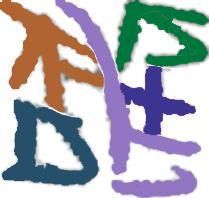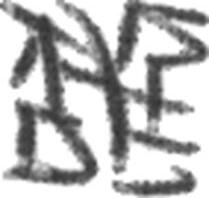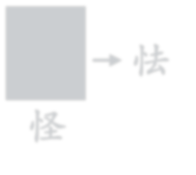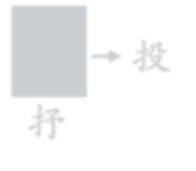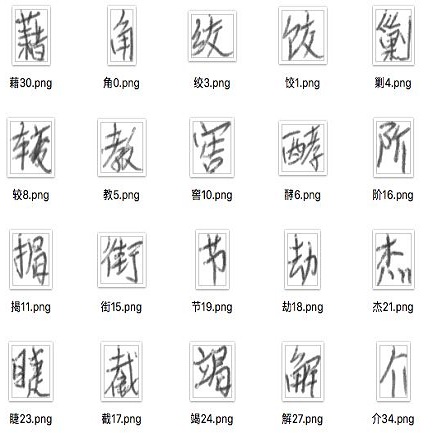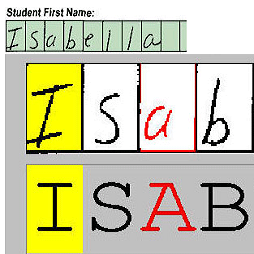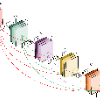Recently, great success has been achieved in offline handwritten Chinese character recognition by using deep learning methods. Chinese characters are mainly logographic and consist of basic radicals, however, previous research mostly treated each Chinese character as a whole without explicitly considering its internal two-dimensional structure and radicals. In this study, we propose a novel radical analysis network with densely connected architecture (DenseRAN) to analyze Chinese character radicals and its two-dimensional structures simultaneously. DenseRAN first encodes input image to high-level visual features by employing DenseNet as an encoder. Then a decoder based on recurrent neural networks is employed, aiming at generating captions of Chinese characters by detecting radicals and two-dimensional structures through attention mechanism. The manner of treating a Chinese character as a composition of two-dimensional structures and radicals can reduce the size of vocabulary and enable DenseRAN to possess the capability of recognizing unseen Chinese character classes, only if the corresponding radicals have been seen in training set. Evaluated on ICDAR-2013 competition database, the proposed approach significantly outperforms whole-character modeling approach with a relative character error rate (CER) reduction of 18.54%. Meanwhile, for the case of recognizing 3277 unseen Chinese characters in CASIA-HWDB1.2 database, DenseRAN can achieve a character accuracy of about 41% while the traditional whole-character method has no capability to handle them.
翻译:最近,中国人通过深层学习方法,在非在线手写中文特征识别方面取得了巨大成功。中国字符主要是逻辑学,由基本激进组成,然而,以往的研究大多将每个中国字符作为一个整体处理,而没有明确考虑其内部二维结构和激进。在本研究中,我们提议建立一个新型的激进分析网络,其结构具有高度连接的架构(DenseRAN),以同时分析中国字符激进及其二维结构。DenseRAN首先使用DenseNet作为编码器,将输入高层次视觉特征的图像编码。然后使用基于经常神经网络的解码器,目的是通过关注机制探测基和二维结构生成中国字符的字幕。将中国字符视为二维结构和激进结构的构成,可以缩小词汇的大小,使DenseRAN具备识别中国隐蔽字符类的能力,但只有在培训中未看到相应的激进,DCDAR1.2竞争数据库中的拟议方法大大超越了整个字符模型模型的模型,目的是通过关注机制来生成中国字符结构的字幕和二维结构结构的字幕,同时承认中国SISDRA系统中32-RA的精确度数据库。
















